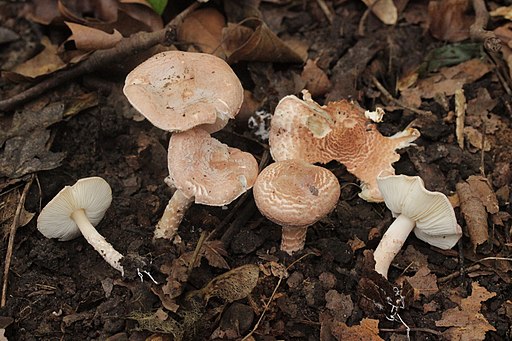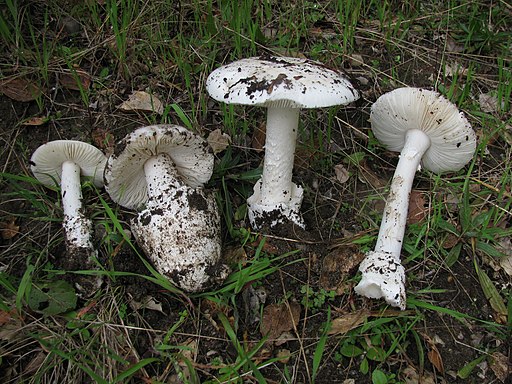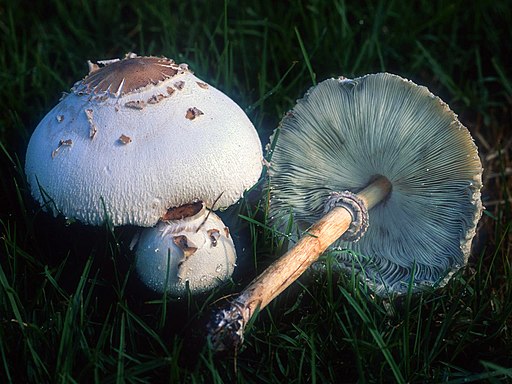Poisonous Mushrooms
Here is a list of mushrooms that can be considered poisonous in the Pacific Northwest. The severity of these poisons range from inconvenient cramps, to liver/kidney failure or death.
Here are some general pointers and guidelines to keep in mind:
- There are no simple rules for recognizing poisonous mushrooms
- It is ok to touch a poisonous mushroom
- The general appearance of a mushroom does not provide any clues about toxicity
- There are on average 3 deaths attributed to mushroom poisoning in the US per year
- Most ‘edible’ mushrooms have caused poisonings in some people
- Many ‘poisonous’ species are eaten by some without any issues
Here is an excellent paper written by Michael Beug, Marilyn Shaw, and Kenneth Cochran summarizing 30 years of reports on North American mushroom poisonings.
Gyromitrin
Gyromitrin is named after the Gyromitra mushrooms, many of which contain this toxin. Gyromitrin is converted to monomethylhydrazine (MMH) which is both toxic and a carcinogen.
The most common symptoms of gyromitrin poisoning include GI upset, cramps, and diarrhea. Severe poisoning is also a possibility when these mushrooms are eaten in large quantities or eaten by highly sensitive individuals.
Gyromitra esculenta is a classic example of a mushroom ‘known’ to be toxic by some, and at the same time, considered to be a choice edible by others. Proper preparation and personal sensitivities are important factors.
Morel-like Mushrooms
Eating undercooked mushrooms from the genera Verpa, Helvella, Morchella, or Cudonia can also cause similar reactions however gyromitrin has not been found in these species.
Learn more about toxins found in morel and morel-like species here
Amatoxins
Amatoxins are named after the Amanita mushrooms in which many of this group of toxins can be found. These toxins are responsible for the bulk of serious poisonings in the US and most of these mushrooms are found in the genera Amanita, Galerina, and Lepiota
Lepiota castanea
Lepiota subincarnata
Galerina marginata
Amanita species
Amanita phalloides
Amanita ocreata
Muscarine
These species are known to contain muscarine in varying concentrations. Amanita mushrooms contain muscarine in typically much lower concentrations than that of Inocybe and Clitocybe. Muscarine poisoning may result in blurred vision, excessive sweating, bronchial constriction, and abdominal cramping.
Inocybe geophylla
Luridiformis at en.wikipedia, CC BY 3.0 <https://creativecommons.org/licenses/by/3.0>, via Wikimedia Commons
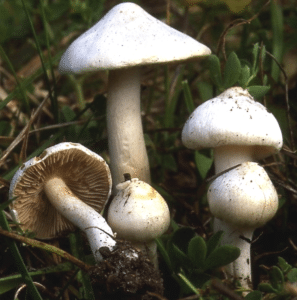
Ibotenic Acid & Muscimol
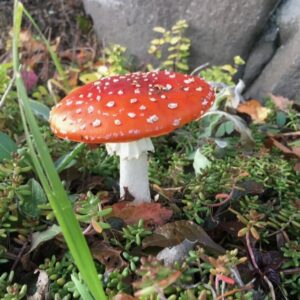
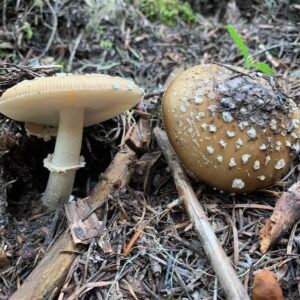
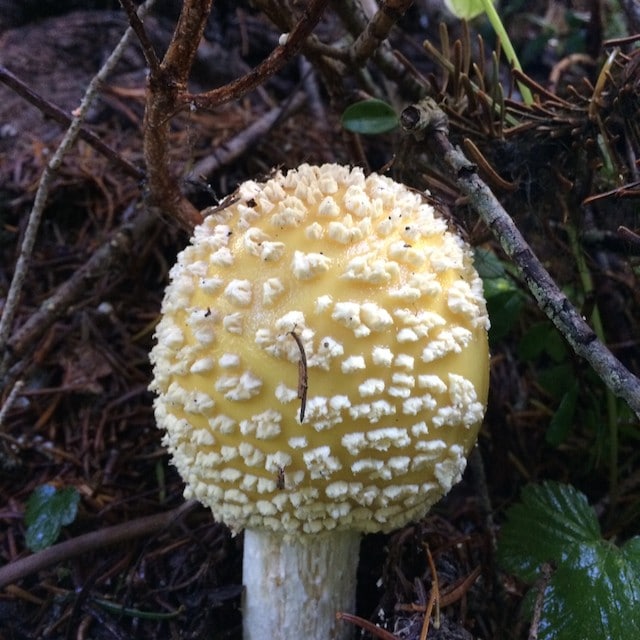
Other / Unknown Toxins
Rubroboletus pulcherrimus
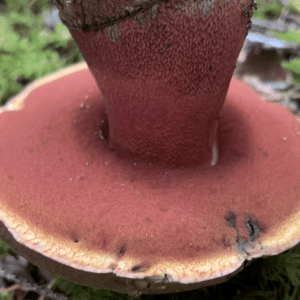
Chlorophyllum molybdites
Ramaria formosa
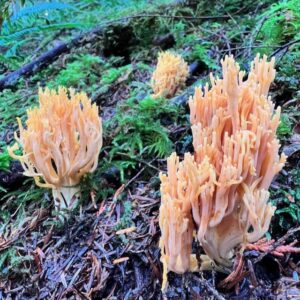
Omphalotus olivascens
Amanita smithiana
Pleurocybella porrigens
Edible for some, toxic for others. Many people eat this mushroom without problems
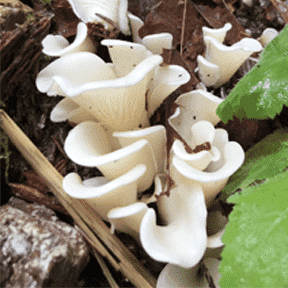
How to avoid mushroom poisoning
Learn to recognize the most poisonous mushrooms and mushroom groups
Only eat mushrooms that have been positively identified as edible
Cook all wild mushrooms (until you know better)
Don’t eat mushrooms that are rotten, infested, or moldy
Consider trying only a small amount of a mushroom if it’s your first time with that species
Familiarize yourself with similar-looking species
Avoid overconfidence… especially when giving mushrooms to others
Identifying toxic mushrooms is complicated, here are some reasons why:
- Many mushrooms have not been tested for toxicity so the books often list these mushrooms as ‘unknown edibility’
- Some mushroom families can contain very similar-looking species with one being edible and another toxic
- Preparation such as cooking, boiling, and fermenting can reduce toxicity in some cases
- Most classically edible species like chicken of the woods, or morels can be poisonous for some
What makes mushrooms poisonous?
In many cases, the toxins responsible for making a mushroom poisonous are not known. We only learn about a mushroom being toxic through reports of reactions after eating the mushroom. Other mushrooms have been more thoroughly studied and we have a pretty good idea of what compounds are present.
Gyromitrin
Most commonly found in Gyromitra esculenta.
Isoxazoles
Includes muscimol and ibotenic acid
Orellanine
Unknown Toxins
Fungi are little chemical factories and we have a lot to learn about the various compounds that make some mushrooms toxic to humans. Reporting even mild toxic reactions to mushrooms can be really helpful for growing our understanding of mushroom toxicity better


